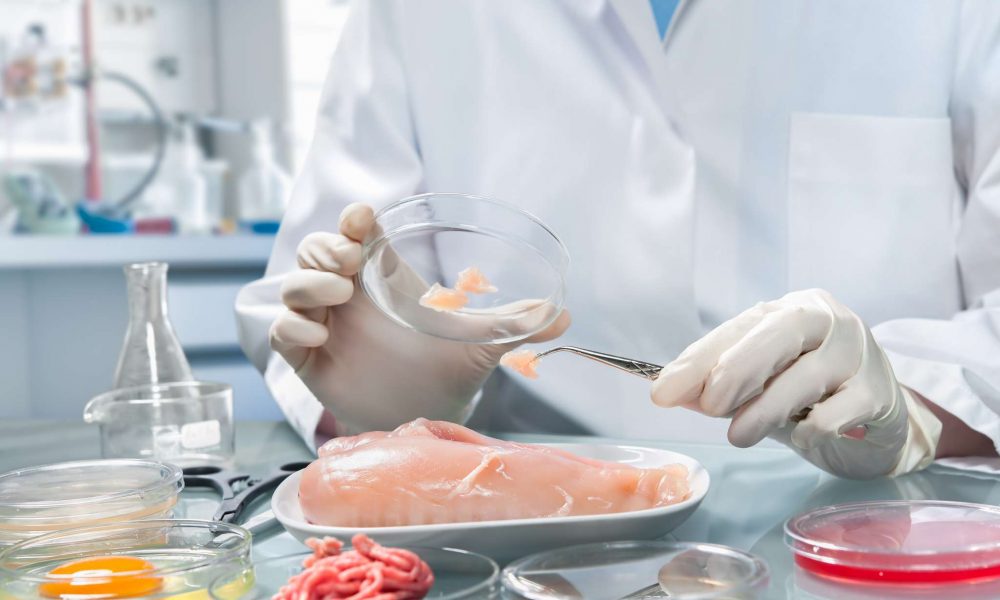In the wake of Britain announcing the introduction of a dedicated Food Crime Unit (FCU), in response to the horsemeat scandal in 2014, lateral flow assays could see themselves playing a role in the fight against fake or contaminated food or drink entering the supply chain.
Reported on the BBC website, Queens University Belfast food security expert Chris Elliot recommended 'improved laboratory testing capacity, with a standardised approach for the testing of a food's authenticity' could help to aid consumer confidence. This is where Abingdon Health's nucleic acid lateral flow immunoassay (NALFIA), PCRD, could be utilised by food testing laboratories in the fight to ensure consumers are getting exactly what they believe they are buying.
PCRD is designed to detect and make visible the successful amplification of target DNA sequences. An ideal application is for species identification of meat products using amplification methods such as Polymerase Chain Reaction (PCR).
How can lateral flow assays help?
 Many laboratories use agarose gel electrophoresis to confirm the presence of target DNA which can be expensive and time-consuming, with possible health risks associated with the chemicals used in the running of gels. Abingdon Health’s PCRD product provides detection of the amplicons in less than 10 minutes and does not require any hazardous chemicals, offering a more rapid and safer alternative.
Many laboratories use agarose gel electrophoresis to confirm the presence of target DNA which can be expensive and time-consuming, with possible health risks associated with the chemicals used in the running of gels. Abingdon Health’s PCRD product provides detection of the amplicons in less than 10 minutes and does not require any hazardous chemicals, offering a more rapid and safer alternative.
With the increased number of samples that will inevitably be passing through laboratories as a result of the focus on food and drink authenticity, laboratories will need to consider employing the most robust, time-efficient, and cost-effective tests and methodology to meet the demand.
In response to this market demand Abingdon Health recently launched a new lateral flow assay which allows for the simultaneous detection of two nucleic acid targets. Please contact us for further information on this product.

